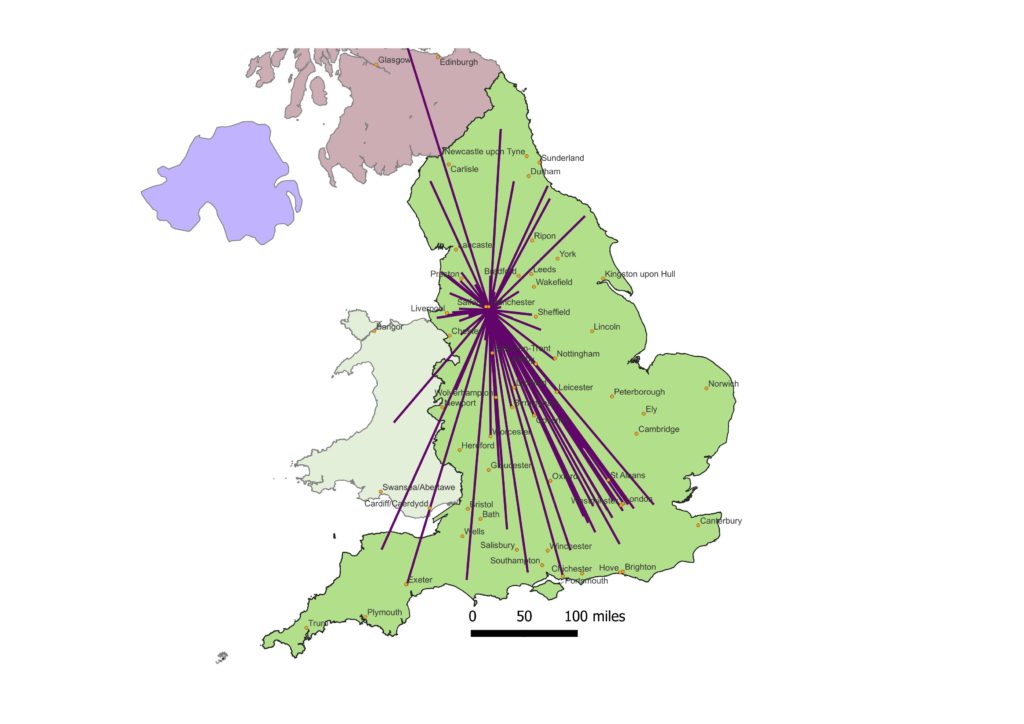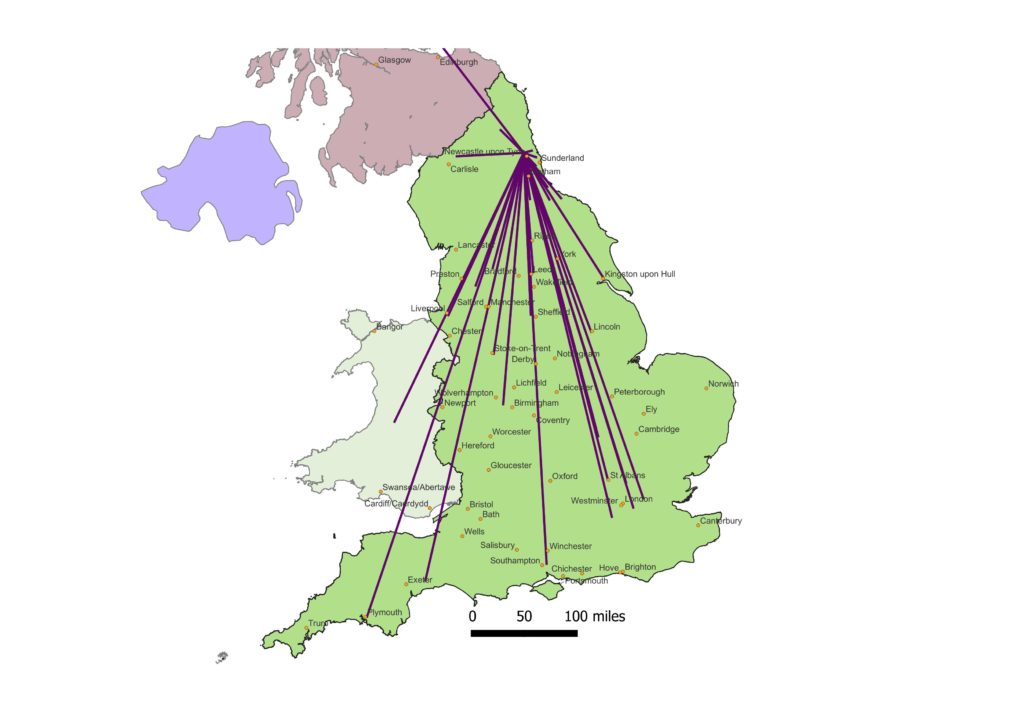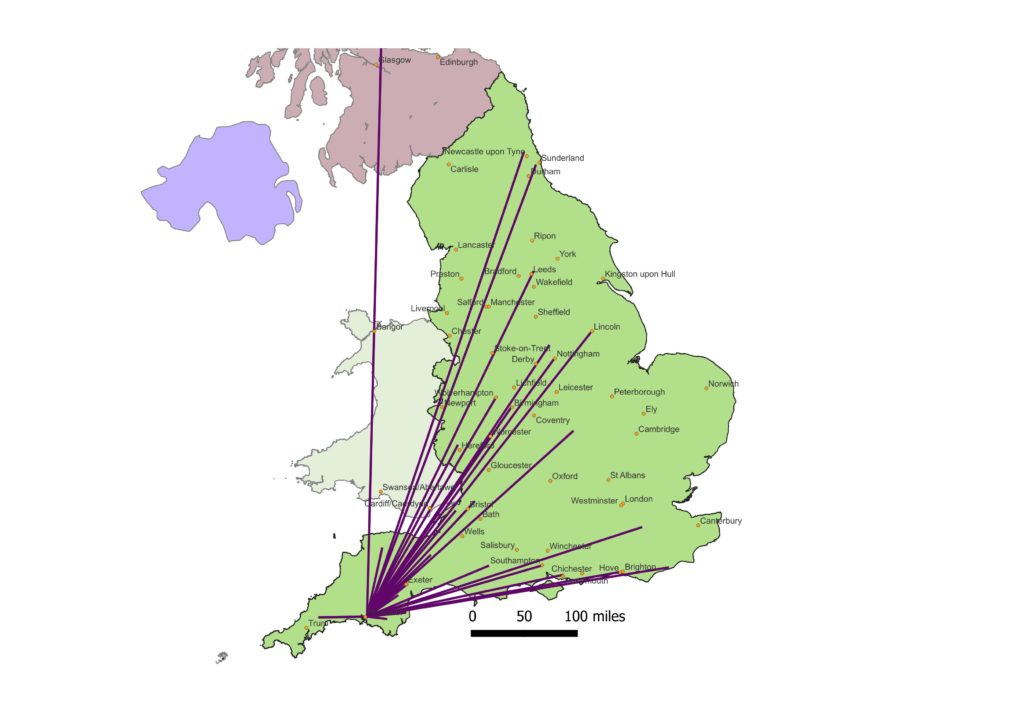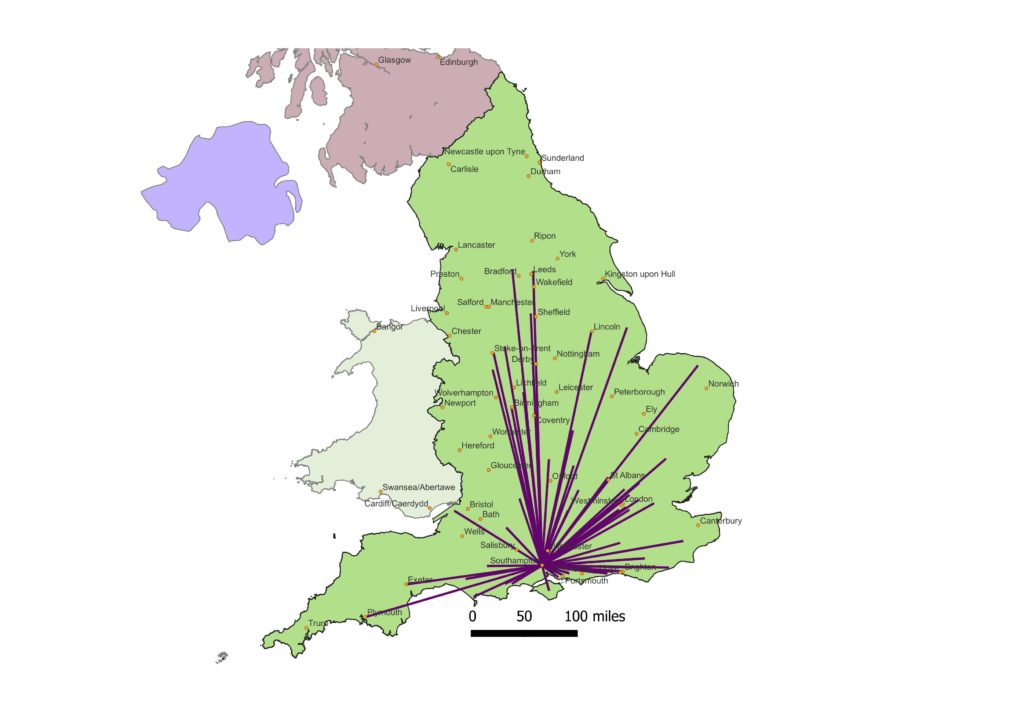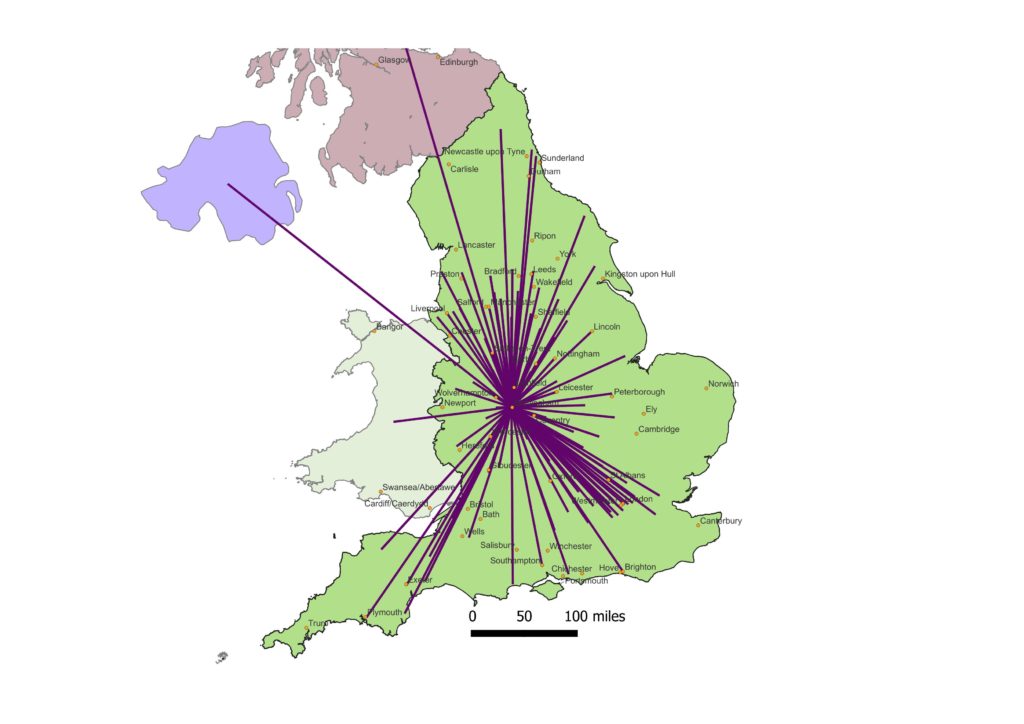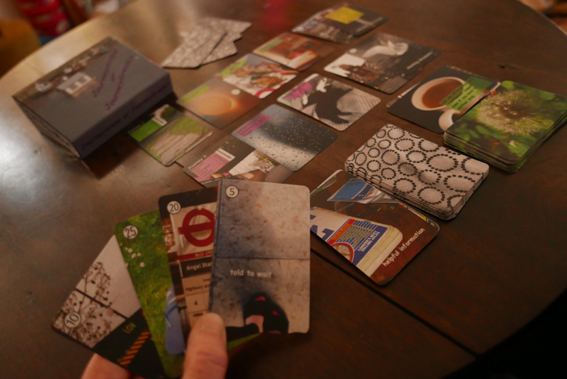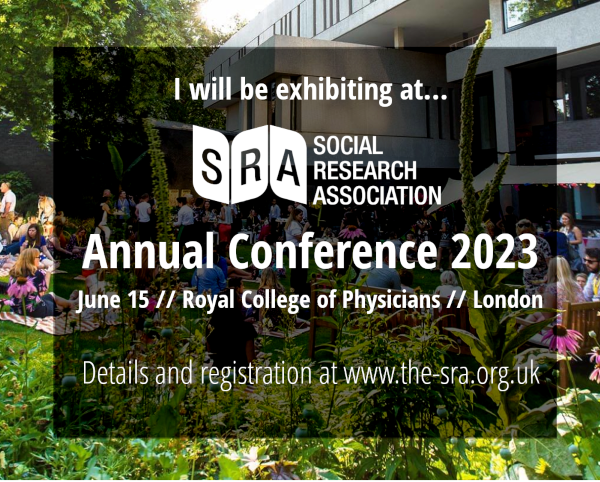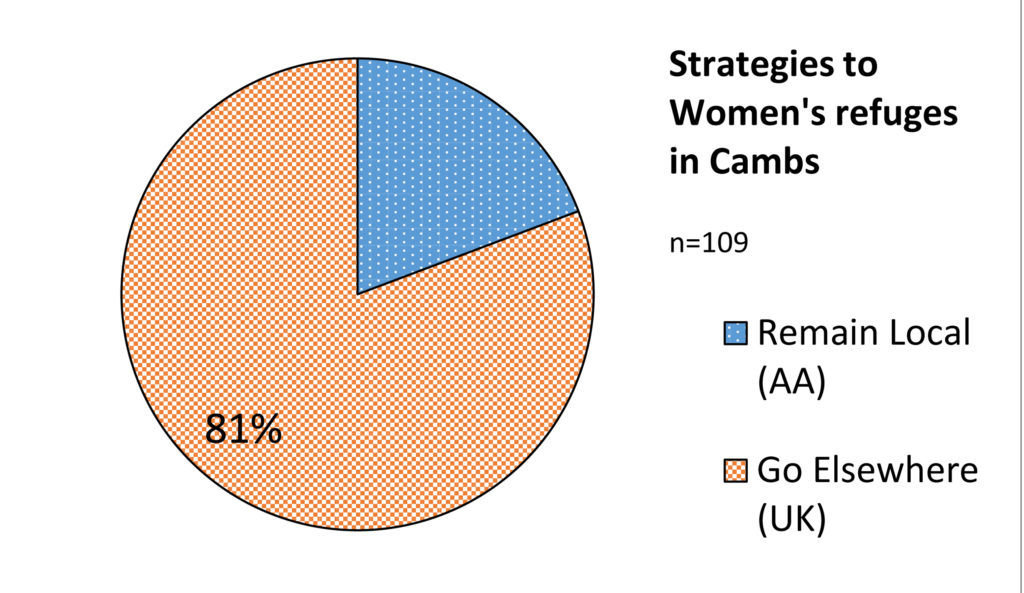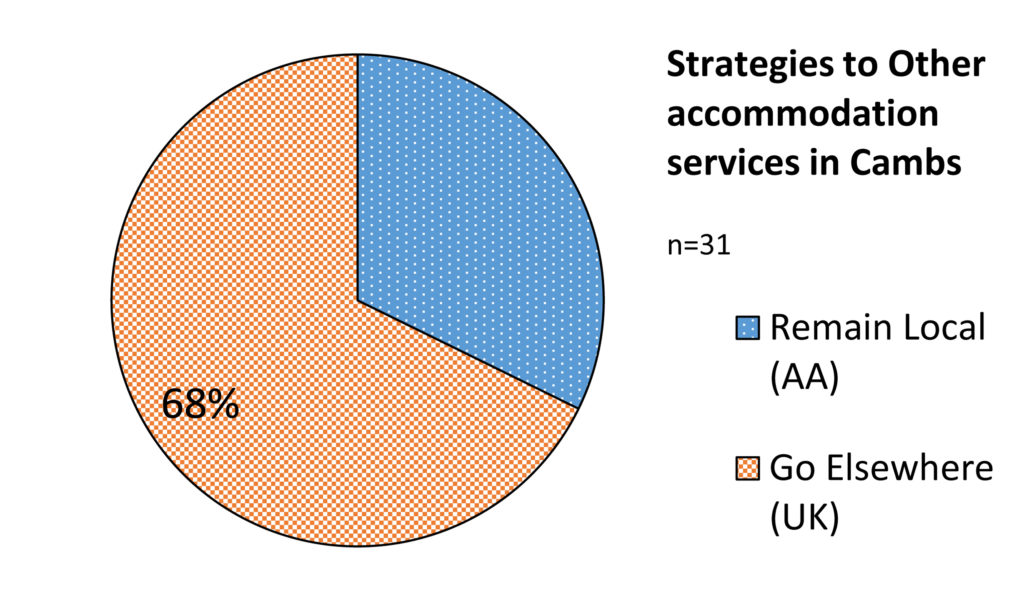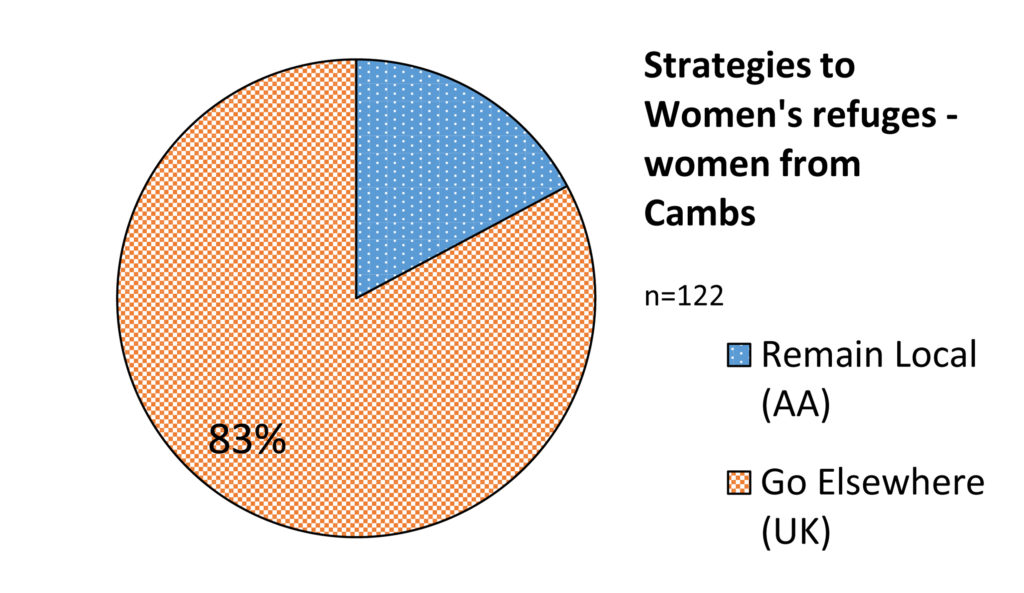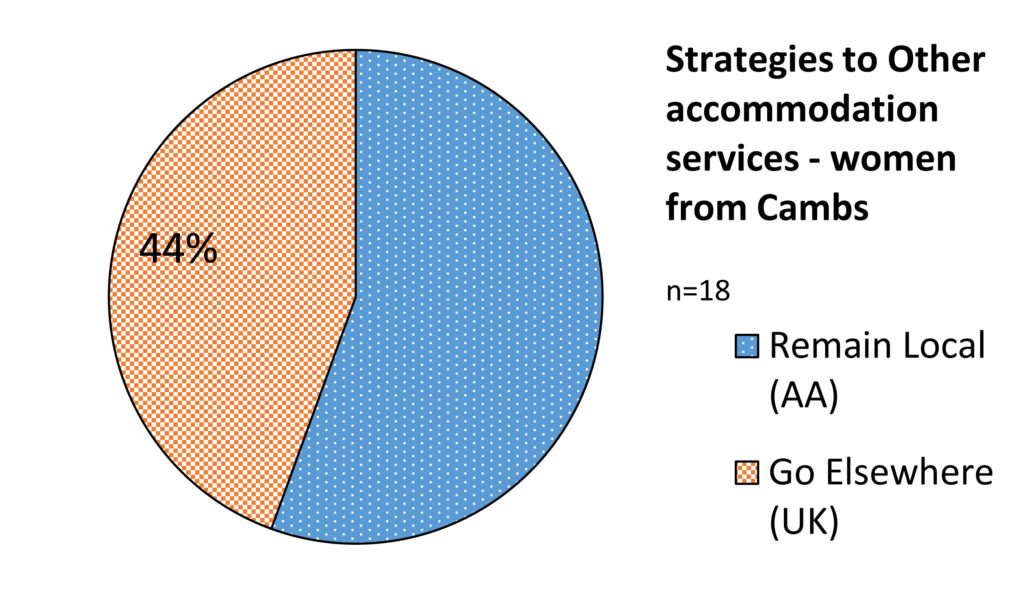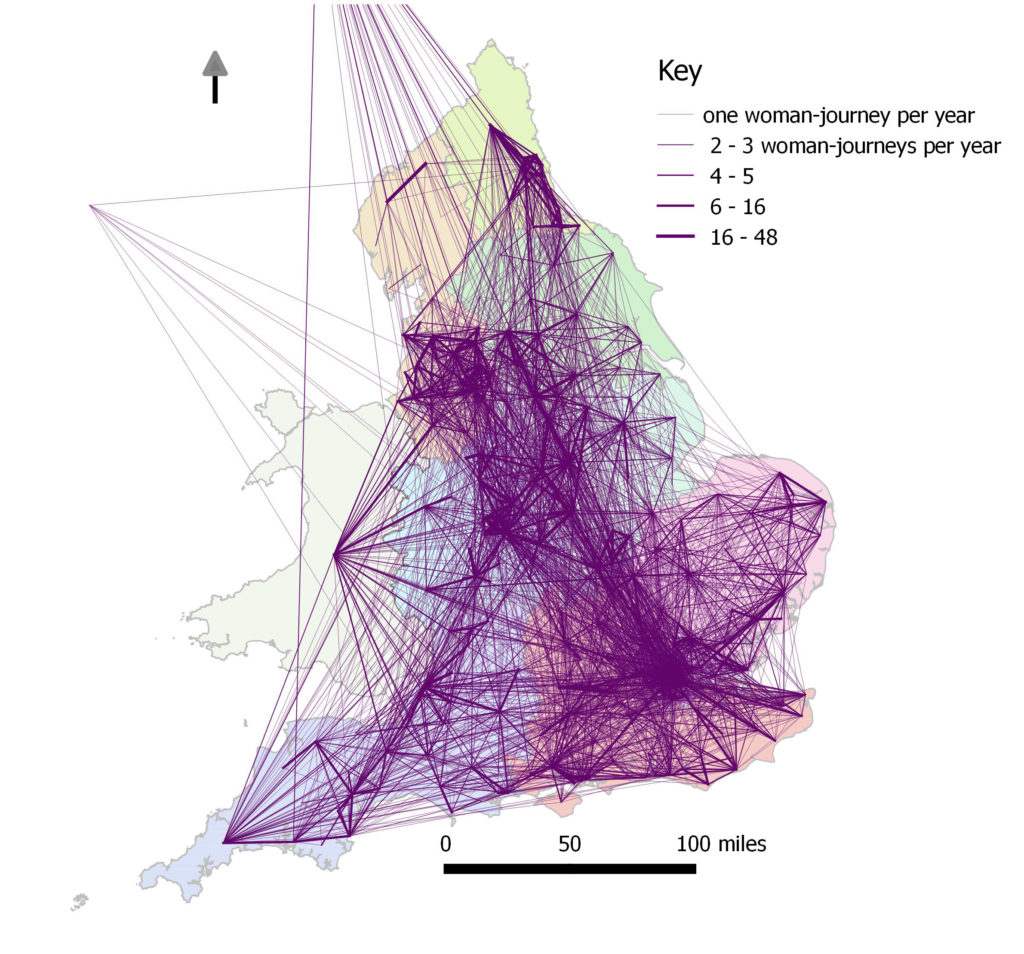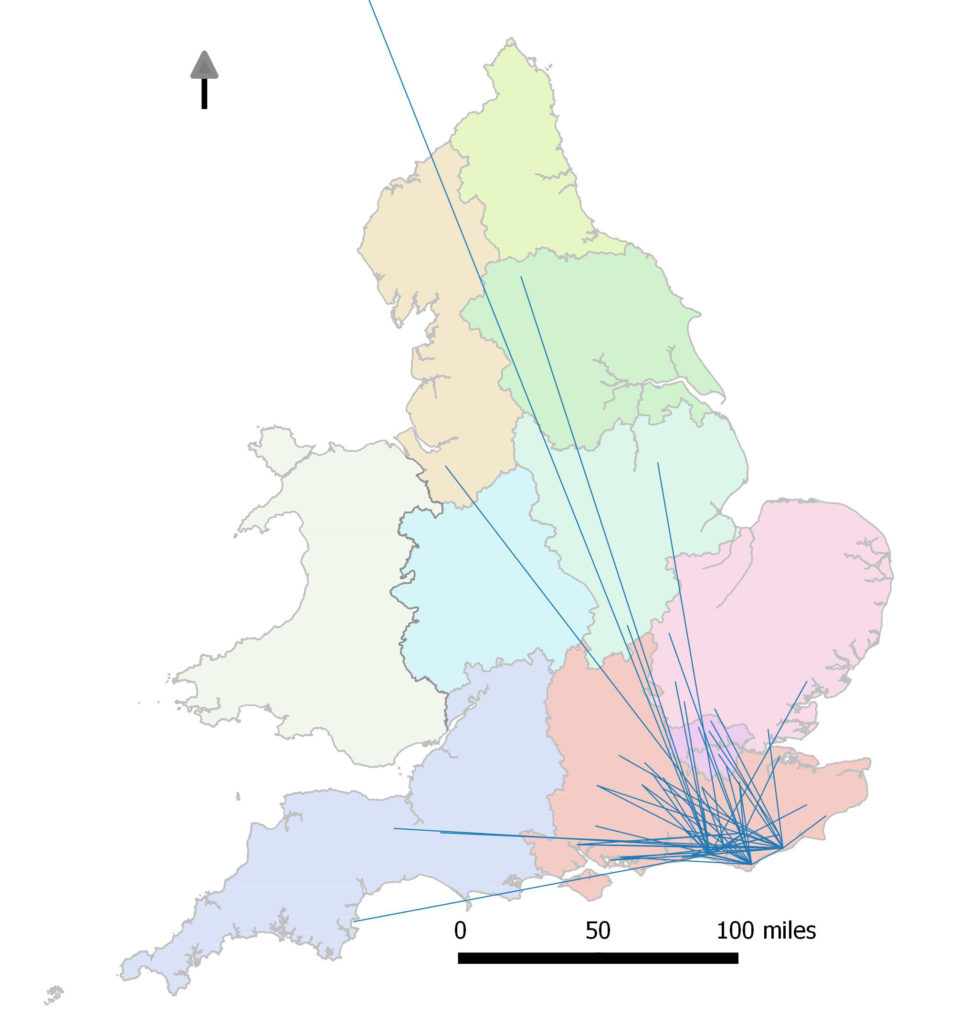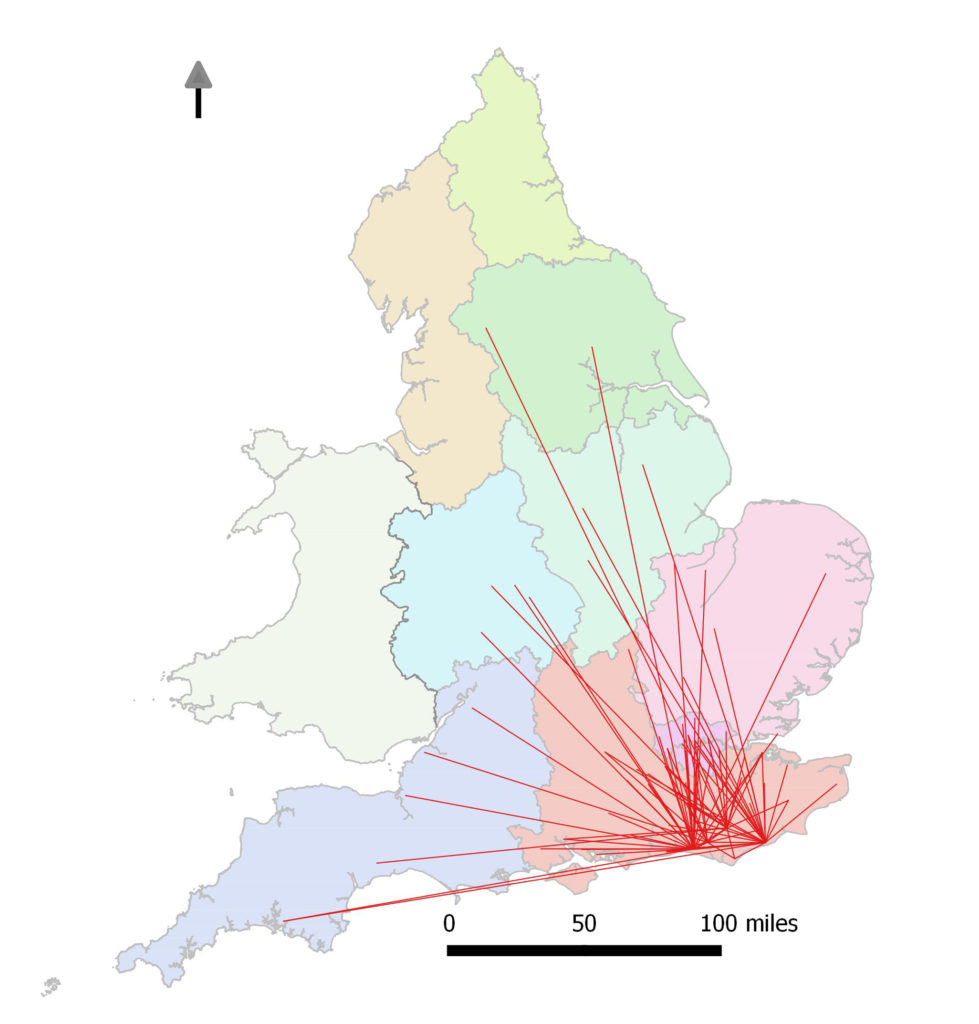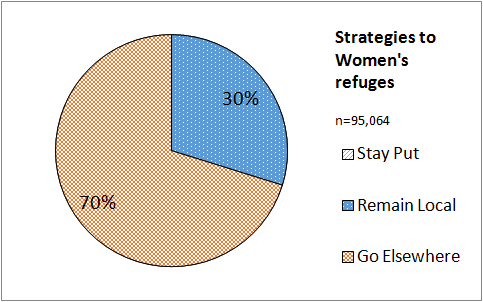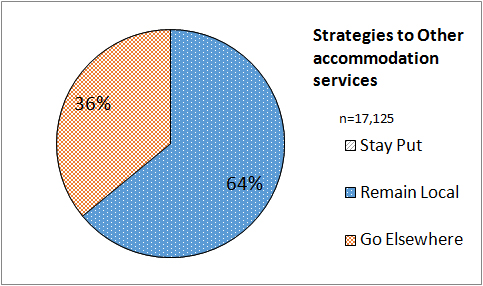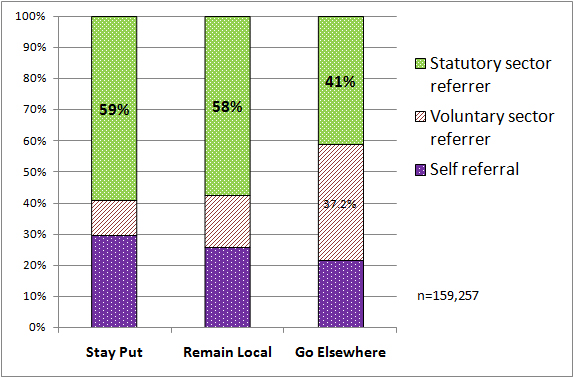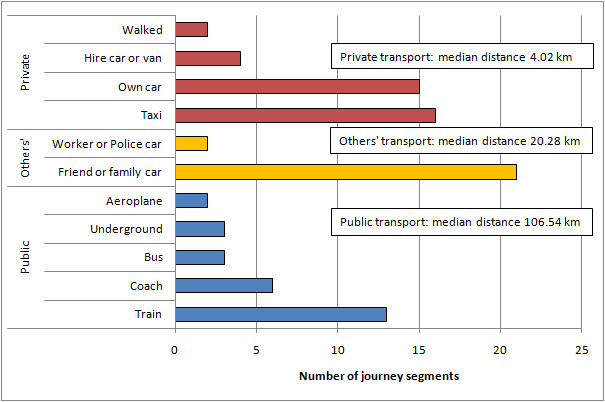Relocation disrupts so many aspects of anyone’s life.
Even if it’s a chosen and planned relocation, there will be changes and admin: things you can no longer access, as well as positive new opportunities.
Forced relocation – when the only way to escape domestic abuse is to uproot your life and go away – is usually massively disruptive… in terms of leaving behind or losing friends, possessions, college, work, school, hopes and dreams….
Work is a big factor for many women – whether they can be honest with their employer, whether they can expect any help or understanding. Large employers may be able to arrange transfers and support, so that a woman can retain or resume her career once she is in a safer place away from the abuse. All employers can do something to support – to reduce the risks from the abuser, and to reduce the losses and costs.
This has long been recognised by some employers, and is increasingly championed by organisations such as the Employers’ Initiative on Domestic Abuse (EIDA), which is free to join for all employers prepared to take effective action on domestic abuse.
This builds on decades of work by some employers, but patchy responses by others.
And it is notable that the focus seems to be primarily on what employers can do to “care for employees affected by domestic abuse”.
This is all well and good… but perpetrators are employees too. What are employers doing about perpetrators?
Often not enough.
EIDA talks about “providing education and support to help perpetrators of domestic abuse to stop” – but employers could often be more proactive about identifying perpetrators in their employ, taking action, and actively creating a culture where the attitudes behind such abusive behaviour are simply not acceptable. The most recent government report in 2021 found that whilst 66% of the employers who responded had a company policy on domestic abuse, only 20% addressed perpetrators.
Employers have had policy, procedure and guidance on responding to domestic violence and abuse for decades – but there’s still a lot that could be improved. An early example – from London Borough of Greenwich in 1997 – does give significant focus to the employer’s role towards perpetrators (not just victim-survivors). It offers guidance on assessing relevance and appropriateness of job duties, considering misuse of access to information, and issues of bringing the employer into disrepute.
Re-reading the guidance 27 years on highlights how many more recent employers’ initiatives still don’t focus enough on the cause of the problem: the abusers.

